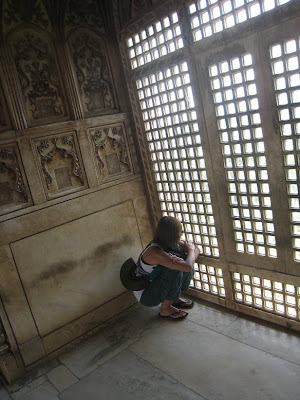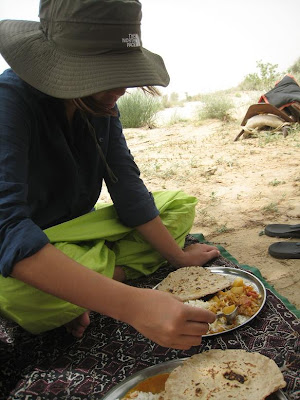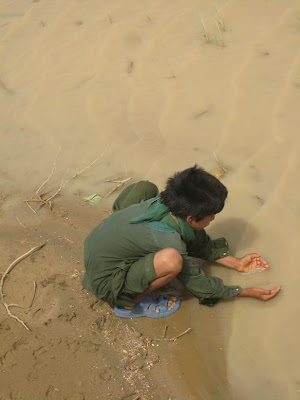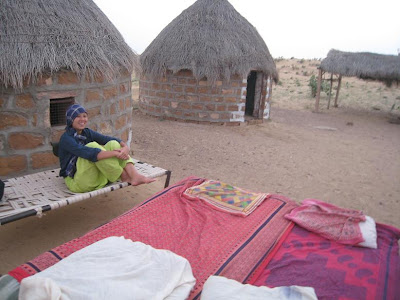Singh, literally “Lion”, is the name adopted by many Sikhs. Sikhism, founded in Punjab by Guru Nanak in the 15th century, began as a reaction against the caste system and Brahmin (Hinduism) domination of ritual. A belief in the equality of all beings lies at the heart of Sikhism and they believe in one god. It’s expressed in various practices, including langar, whereby people from all walks of life “regardless of caste and creed” sit side by side to share a complimentary meal prepared by hard-working volunteers in the communal kitchen of a Sikh temple.
Although they reject the worship of idols, some keep pictures of the 10 gurus as a point of focus.
There are five kakkars (emblems) denoting the Khalsa brotherhood:
Kesh - unshaven beard and uncut hair, symbolising saintliness (which explains why they wear TURBAN!)
Kangha - comb to maintain the ritually uncut hair
Kaccha - loose underwear, symbolising modesty
Kirpan - sabre or sword, symbolising power and dignity
Karra - steel bangle, symbolising fearlessness
Turban? checked.
Bangle? checked.Sword? checked.
Loose underwear? checked. haha
Amritsar is home to Sikhism’s holiest shrine, the Golden Temple. We stayed in the temple’s free dormitory, which is provided for pilgrims and foreigners.
 |
| Dormitory. Can't complaint when it's free. |

The temple is really quite beautiful, said to be coated with 500kg gold. Coupled with the spiritual atmosphere and lively scene of colours and pilgrims, it should be on the itinerary of every tourists' India travel.
Up next.. Pakistan! Stayed tuned for the next post!
















































